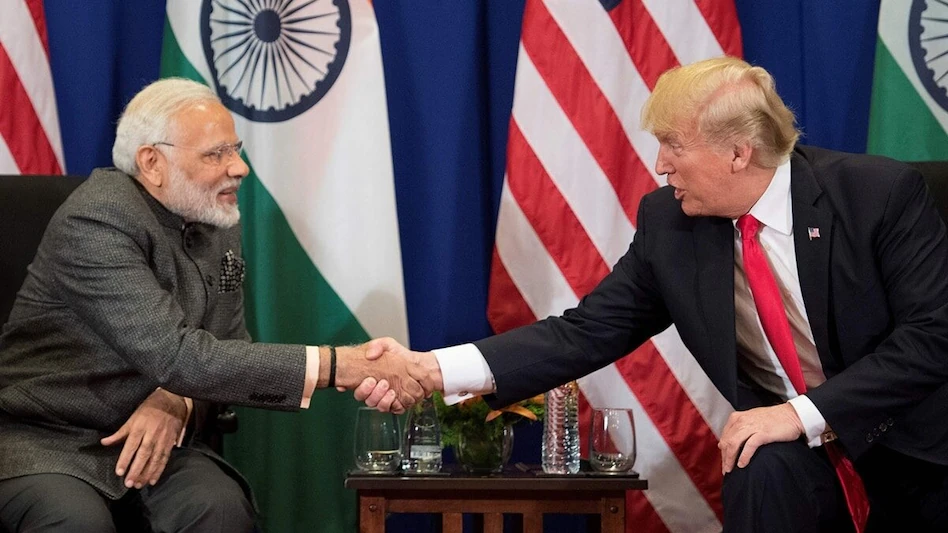India’s foreign minister has reaffirmed that New Delhi will defend its core trade interests in ongoing negotiations with Washington, even as the U.S. prepares to impose some of its steepest tariffs yet on Indian goods.
Tariffs and Rising Tensions
The United States has already introduced a 25% tariff on Indian exports, with an additional 25% levy set to take effect on August 27. Once fully implemented, Indian products could face duties of up to 50%—a level that analysts warn could seriously dent India’s economic momentum.
According to Capital Economics, the full impact of these tariffs could shave 0.8 percentage points off India’s GDP growth in both 2025 and 2026, while also undermining India’s long-term push to position itself as a global manufacturing hub.
Stalled Trade Talks
A scheduled visit by U.S. trade negotiators to New Delhi (August 25–29) has been cancelled, reducing hopes of any immediate breakthrough. The collapse follows earlier disputes in which India resisted U.S. demands to open up its agricultural and dairy sectors—areas New Delhi considers non-negotiable given the livelihoods of millions of farmers and small producers.
Foreign Minister Subrahmanyam Jaishankar, speaking at an Economic Times forum in New Delhi, underscored that India has “red lines to be maintained and defended”, pointing directly to agriculture as a sector that will remain protected.
The Oil Factor
The tariff dispute is being framed by Washington as a response to India’s increased purchases of Russian oil, but Jaishankar argued that the U.S. position is inconsistent. He noted that other major buyers—such as China and members of the European Union—continue to trade with Russia at far higher levels without facing equivalent penalties.
“If the argument is oil, then there are other big buyers,” he said, adding that India’s transactions with Russia are modest compared to the scale of Russia-EU trade.
A Shift in U.S. Diplomacy
Jaishankar also highlighted how the current U.S. administration has approached foreign policy differently from its predecessors. He described President Donald Trump’s style of announcing policies publicly and directly as “unusual” and a departure from traditional diplomatic practice.
Strategic Implications
The dispute underscores the fragility of a trade relationship that surpassed $190 billion in bilateral flows last year, making the U.S. one of India’s largest economic partners. If tariffs remain in place, the consequences could extend beyond economics—impacting supply chains, investment confidence, and strategic alignment at a time when Washington and New Delhi are also deepening security cooperation in the Indo-Pacific.
For India, the challenge will be balancing its national interest in affordable energy and protected agriculture with its ambitions to remain a preferred partner for Western markets. For the U.S., the risk lies in whether punitive tariffs push New Delhi closer to alternative alliances, weakening Washington’s long-term influence in the region.
Partner With Us
Want to feature your brand, business, or service on 365247 — Whether you’re looking to sponsor, collaborate, or build presence within our ecosystem, we’d love to explore it with you.
Submit your interest here


